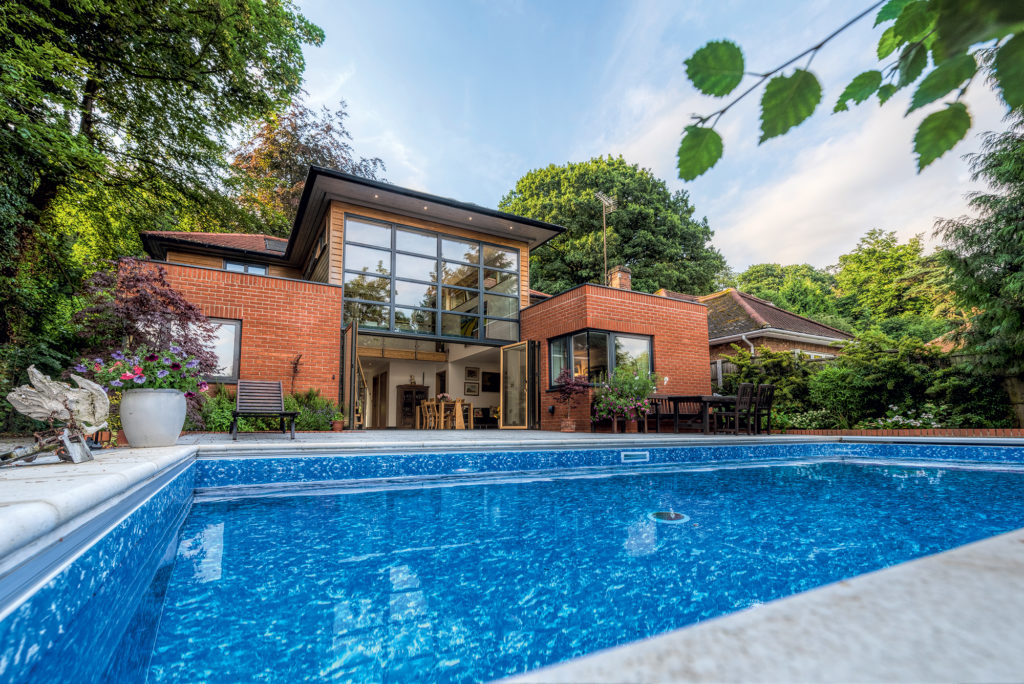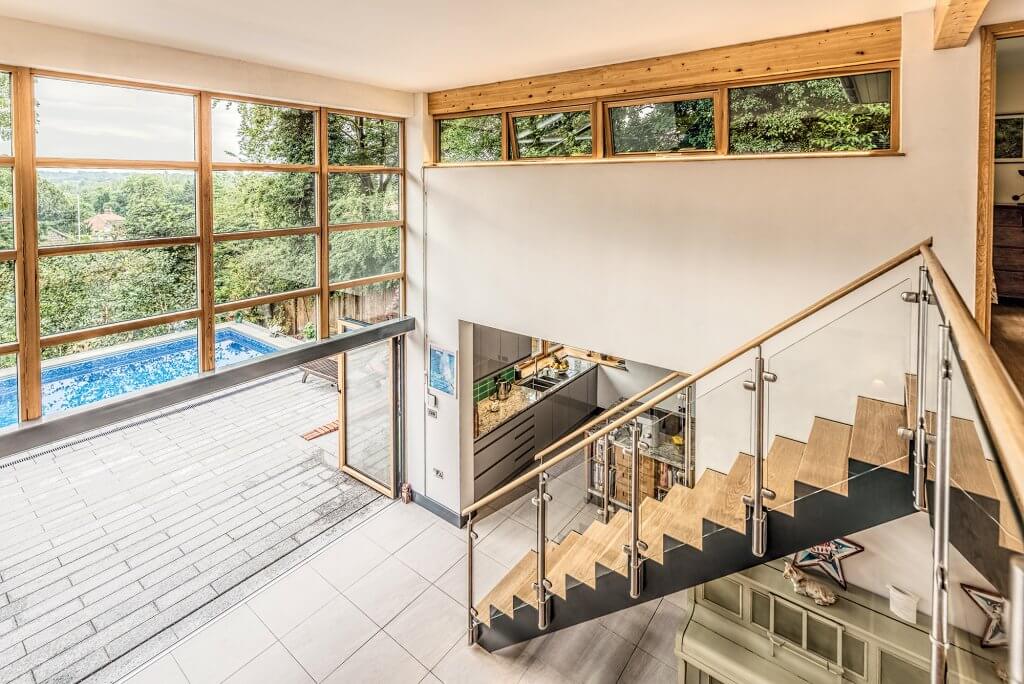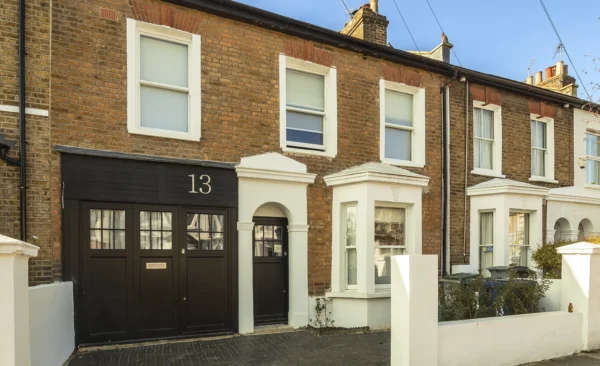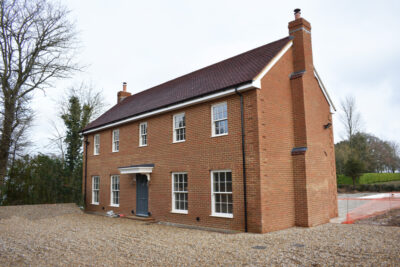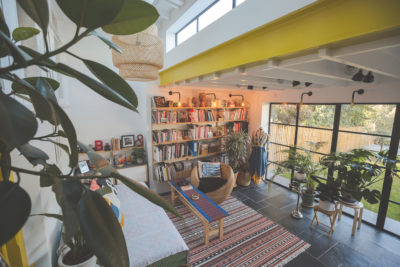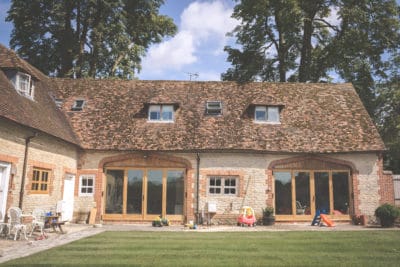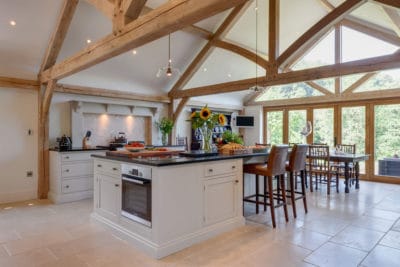Building a Swimming Pool: Beginner’s Guide
For many of us, lounging beside a swimming pool on a warm day is a luxury reserved for summer holidays abroad rather than at home, but the reality is that you don’t necessarily need a million pound budget to have your own.
In fact, reports from SPATA (the Swimming Pool and Allied Trades Association) show demand for residential pools is rising every year. The cost will come down to the style, choice of materials and whether it’s professionally installed.
Building outdoor pools
At the lower end of the price spectrum, above-ground pools are fairly straightforward to piece together – and as they’re not dug into the soil, they’re simple to remove, too. However, the elevated position might not appeal to those wanting a more natural aesthetic in their garden. Expect to pay around £15,000 for a high-end model.
Learn more: 8 Inspiring Outbuildings to Upgrade Your Garden
Building in-ground will need suitable waterproofing; the extra weight of the pool once filled will need to be factored into the design as well. There are three main construction choices: a hard finish with a waterproof reinforced concrete shell; a PVC liner; and a fibre glass/ceramic moulded shell, craned or carefully manoeuvred into place.
“If you’re seeking a no-frills solution, opt for a liner pool – these are less expensive than concrete designs and the one piece makeup won’t need to be waterproofed or tiled,” says Jamie Smith from London Swimming Pool Company. The average cost of a liner pool is around £35,000.
Learn more: Flicky and David Ridel’s stunning self build in a conservation area
“DIY-ers looking for something basic should consider a one-piece fibre glass model. These start at around £8,000 for a 6m x 3m pool,” adds Jamie. “Don’t forget the key add-ons, such as excavation, plant and equipment.”
Concrete pools are a popular choice, with tiles (often in blue) being the most common finish. Whether you choose ceramic, porcelain, glass or stone, the units come in different sizes and colours to create a whole variety of patterns and aesthetics. “They are hard wearing and, with correct installation and maintenance, shouldn’t need to be replaced,” says Jamie. Budget in the region of £50,000 for a fully-tiled, reinforced concrete design.
Pre-manufactured pools are created in a factory, arriving in one piece ready to be installed; these solid structures tend to be more expensive than those assembled on-site.
Another one-unit solution that’s perfect for more compact gardens are swim spas. These look and work a bit like a hot tub, but their jets are positioned to enable you to swim continuously against the current, rather than in laps, as you would in a larger pool.
Building an indoor pool
With the UK weather seeming increasingly unpredictable, having a sheltered pool will allow you to swim regardless of what it’s like outside – great for regular fitness.
Unless you’re lucky enough to have a suitable room, you’ll need to factor in the cost of adding a new building, whether attached or separate to the main house. Oak frame structures are a popular choice, infilled with lots of floor-to-ceiling glazing to offer a natural ambience and the illusion of being outside.
Another favoured position for pools is in the basement. Often seen in high-end renovations, these offer the ultimate personal sanctuary.
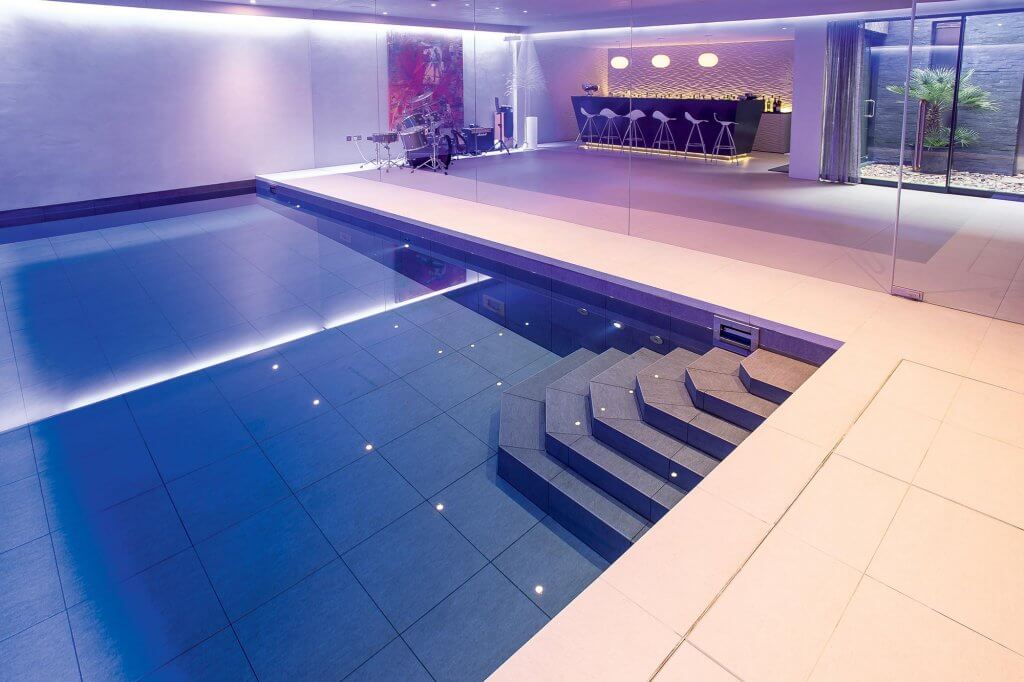
London Swimming Pool Company created this luxury indoor design, which features large stone flooring and integrated lighting
In terms of materials, the options are largely similar to those used outside. However, if you’re installing above a basement level, then a stainless steel pool might be a superior choice as it’s lighter than concrete.
If having a separate structure isn’t an option for you, consider installing a sliding glazed dome over an outside pool to provide shelter while you’re swimming. You can get designs that are tall enough for you to stand at the side of the pool under the cover, as well as versions that glide open so that you can expose as much of the water to the elements as you want on any particular day.
Having all that moisture in a confined space requires special attention to dehumidification and ventilation, so it’s worth engaging the skills of a specialist to work out what your project will require.
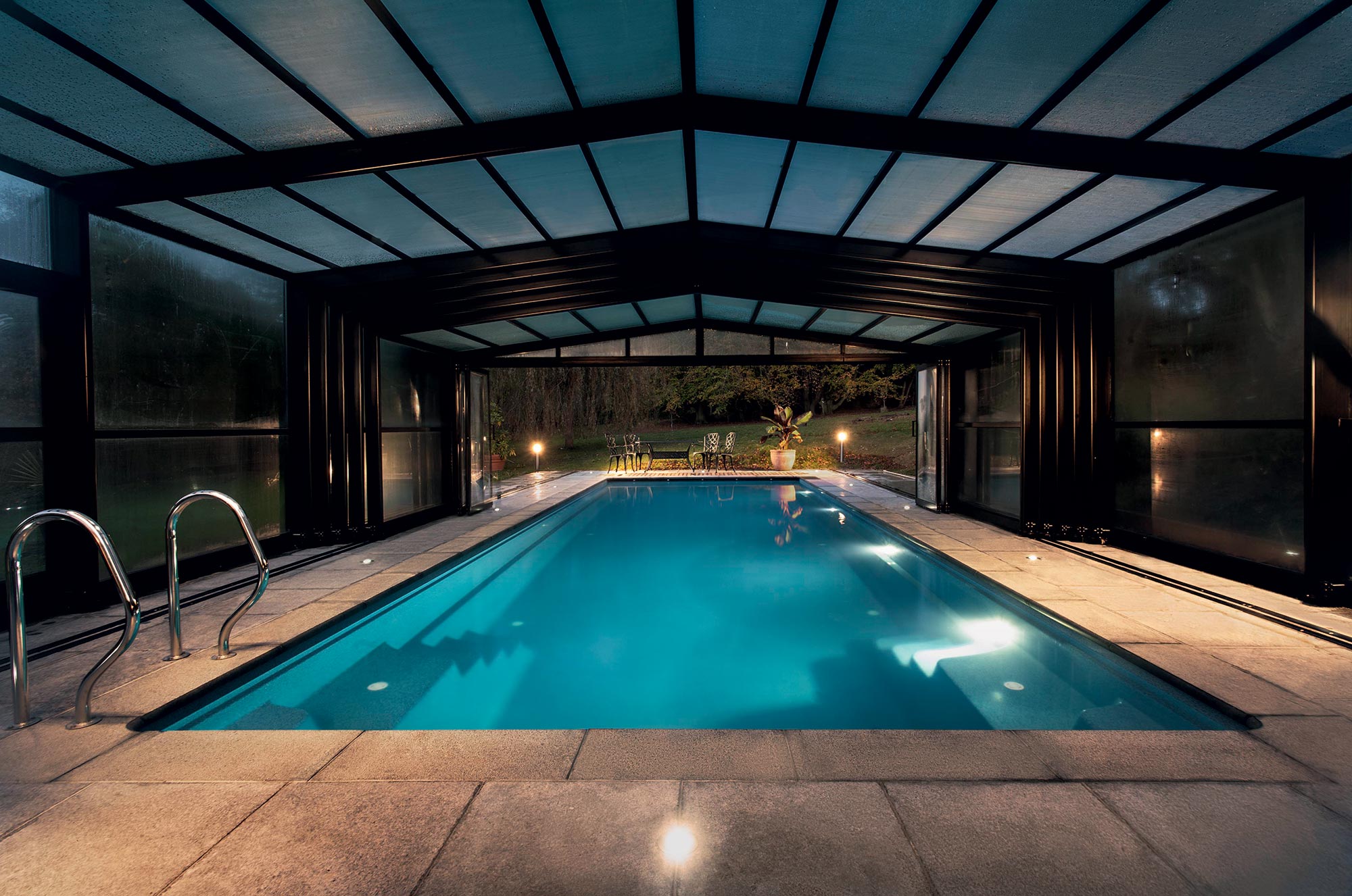
This design by XL Pools won a SPATA award in the Residential Outdoor Pools £60,000 to under £80,000 category. It features a moveable cover that glides open on tracks. |
Look for professionals that are linked to SPATA to guarantee they work to the association’s standards. “The estimated daily energy and chemical cost of running an indoor domestic pool is about £7.50, compared with about £5 per day for an outdoor one,” says Sallie Leslie-Golding from SPATA.
How to build a natural swimming pool
If you’re keen on something a bit more at one with Mother Earth, then this is the solution for you. Natural swimming ponds are made by integrating plants with an organic filtration and drainage system into what is effectively a living ecosystem. It encourages wildlife to thrive and creates a pool that blends harmoniously with the garden.
The pond will have a solid base to allow for easy removal of debris, but there won’t be a need for the chemicals used in conventional pools as the careful design works to create an environment for naturally purified water.
The swimming zone is generally kept separate from the plants, so you won’t need to worry about catching your feet on any aquatic foliage. Note that, because of the carefully balanced ecosystem, the water isn’t suitable for fish.
Pool shapes“The British market has traditionally favoured fitting rectangular swimming pools, and these are often still preferred by homeowners,” says Sallie Leslie-Golding from SPATA. “However, over the years, new trends in construction and remodelling have made designs more original, unique and customised.” Think bespoke shapes, unusual materials and the ultimate in luxury. If you’re lucky enough to have an elevated garden that overlooks a particularly impressive view, consider an infinity pool for optimum wow factor. |
Expect maintenance to be much lower than with conventional pools – simply cut back plants as you would other specimens in the garden and remove surface debris regularly with a skimmer.
The floor of the pond will need to be vacuumed several times a year. It’s not recommended to heat natural pools, so you’ll save on this element of the installation, but they may not be a year-round option.
According the The Swimming Pond Company, costs start at around £75,000 for an 80m2 design and the price per m2 decreases as the size increases.
Pool heating, safety & maintenance
The main solutions for heating swimming pools are conventional boilers and heat pumps. “I recommend an air source heat pump for outdoor pools and a conventional boiler for indoors,” says Daniel Phillips from Lighthouse Pools.
“A good heat pump can warm a 10m x 5m design from May to September for £500; the size is probably the most important factor when choosing suitable heating.” Bear in mind that the construction material used for the pool shell could impact on efficiency, too.
A cover will help to keep the water free from leaves and insects, as well as contribute towards conserving heat. “Whether indoors or outdoors, a pool cover will minimise running and maintenance costs,” says Jamie.
“When the pool is not being used for any lengthy period – day and night – the protection will reduce water evaporation by up to 95%, preventing unnecessary spend on heating and chemicals. For outside pools, reducing sunlight exposure will also minimise algae growth, which can be a health hazard and create slippery surfaces.”
Some of these protectors are specially designed to hold the weight of someone stepping on them – particularly important for the safety of children and pets. Another option that will help here is to build a fence around the pool, perhaps fitted with locks and alarms.
For the ultimate high-end luxury, a moveable floor will give a pool room dual purpose – perfect for hosting events and parties.
In terms of keeping the water clean, chlorine is the most well-known solution, but there are alternatives. “Ionisation, ultra violet and active oxygen treatments are becoming increasingly popular to assist and complement chlorine,” says Jamie.
It’s advisable to have the setup serviced regularly – Jamie recommends biweekly inspections by a professional pool engineer to ensure peak performance.
Top image: This design by XL Pools won a SPATA award in the Residential Outdoor Pools £60,000 to under £80,000 category. It features a moveable cover that glides open on tracks
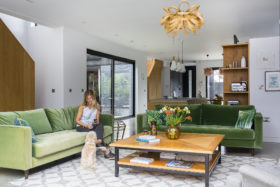































































































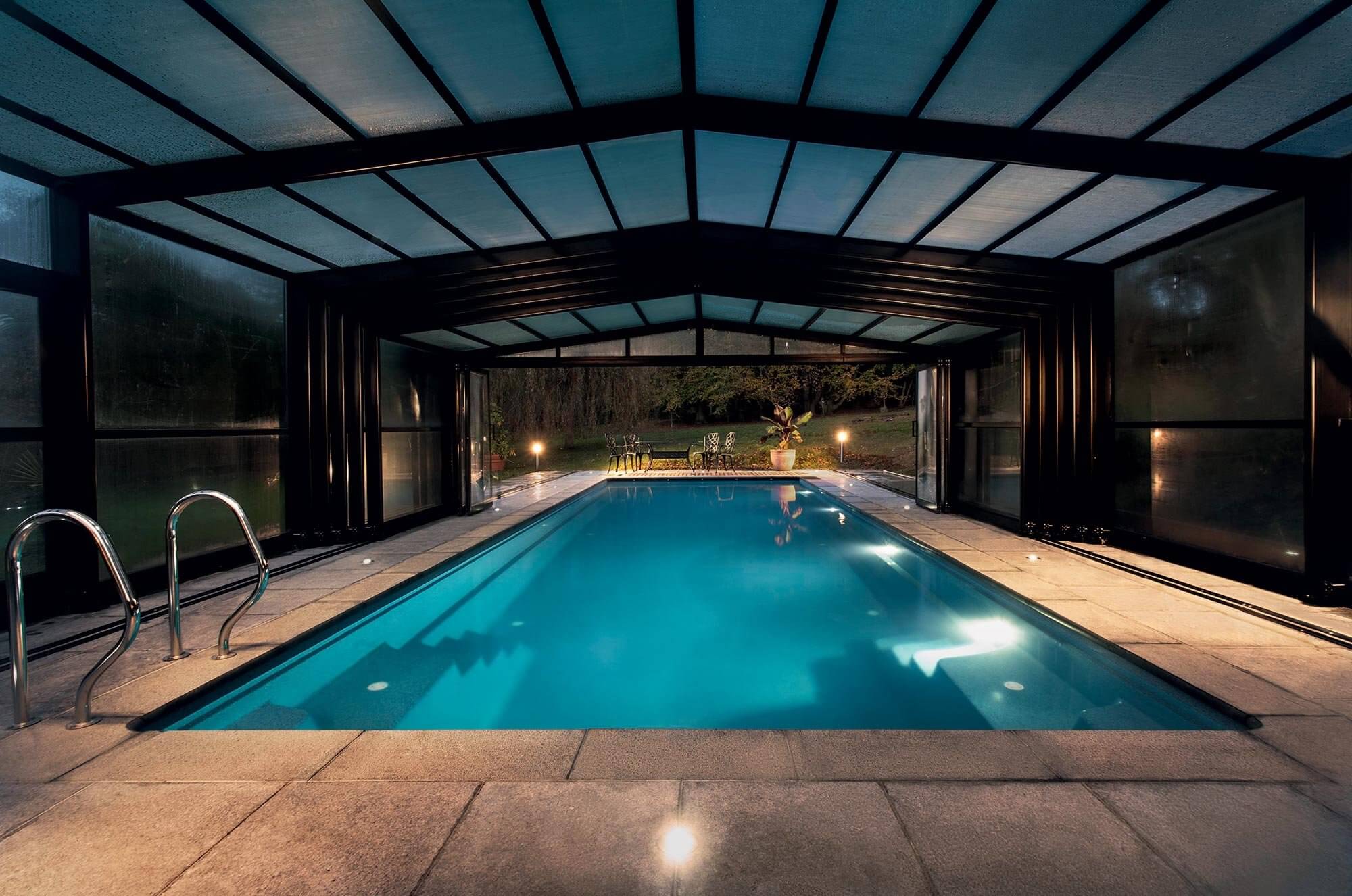
 Login/register to save Article for later
Login/register to save Article for later

